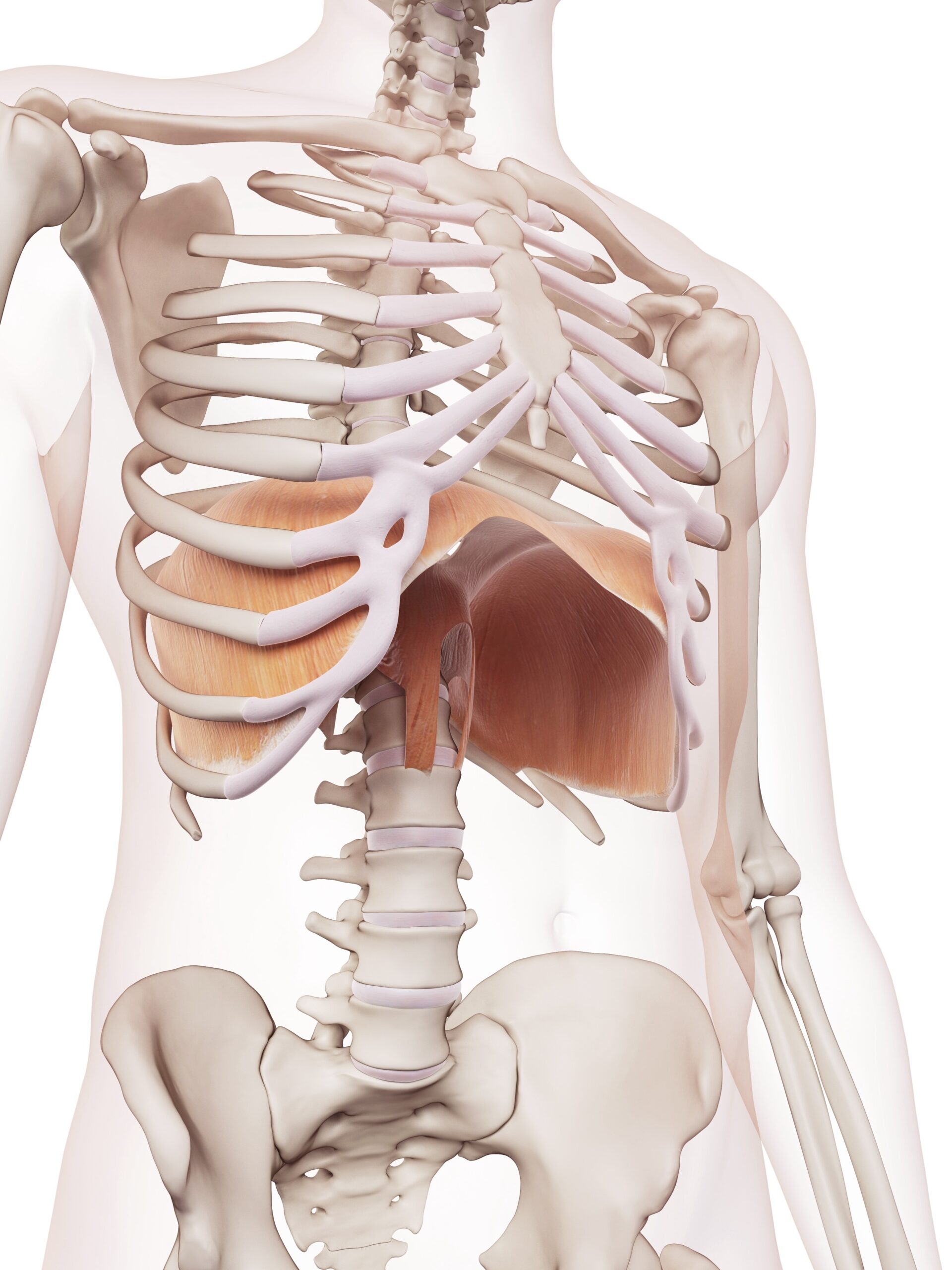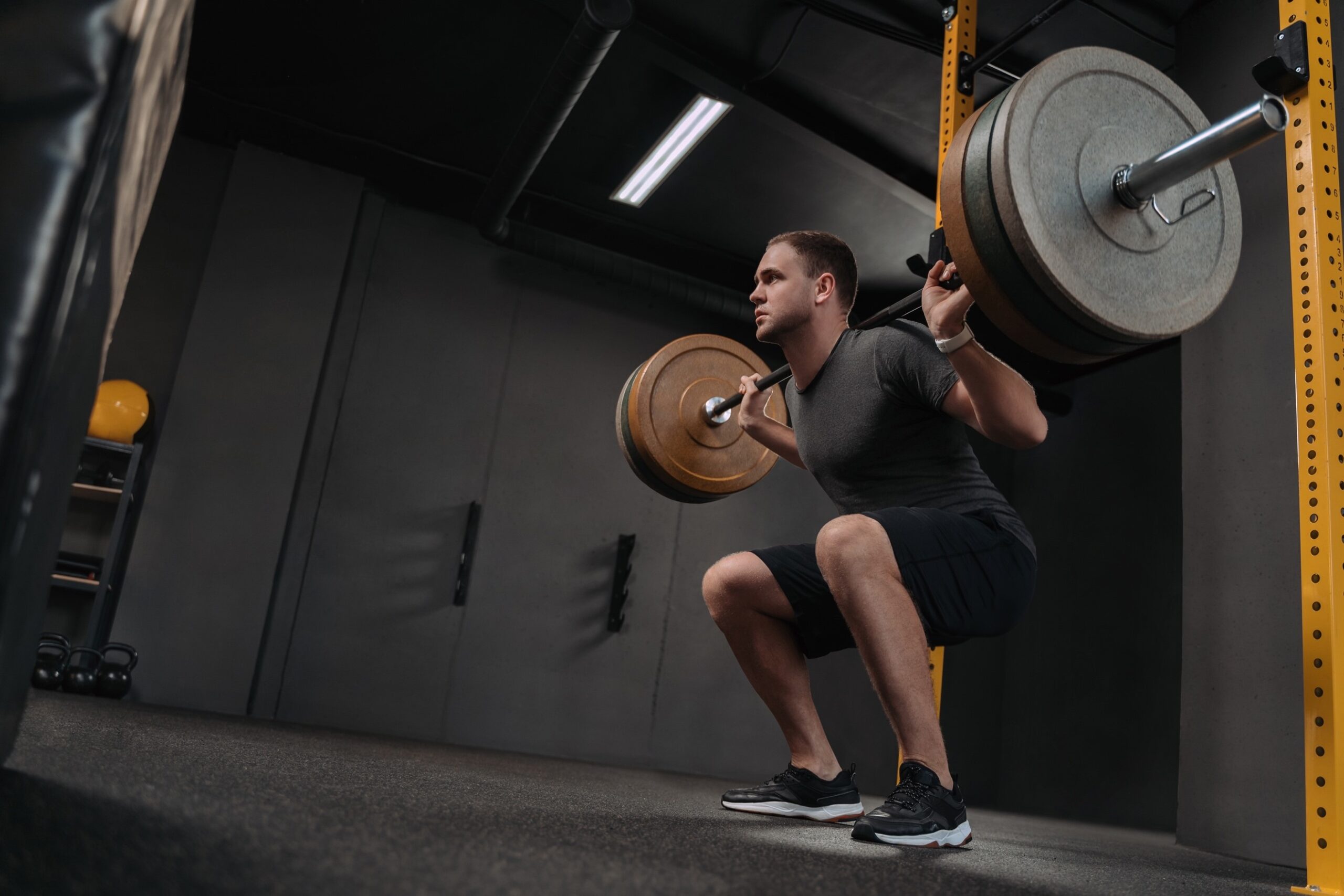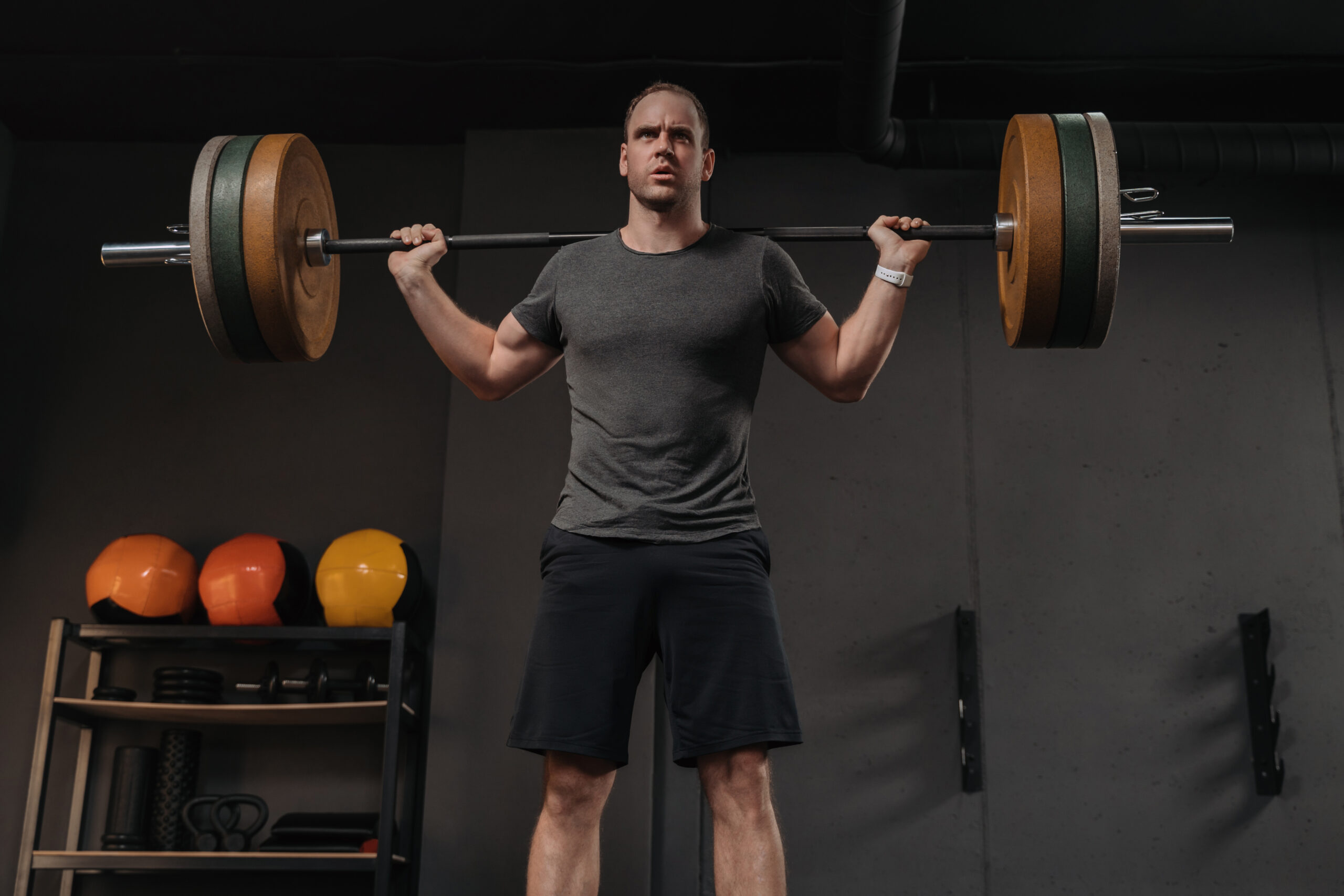So – did you figure out if you’re a “chest breather” or a “belly breather” yet?
If you’re a chest breather, are you working to change that?
If you didn’t get a chance to practice the diaphragmatic breathing technique we outlined in part 1 of our series, here’s your invite to go back and check it out. It helps lay the foundation for today’s post.
By now, I bet you’re getting the feel for how mindful breathing can maximize athletic performance and benefit the body and mind in big ways both on and off the field. Some of this information might seem new, but the practice of breathwork has actually been around for thousands of years (we’re talking 1500 BCE here). In yoga, the practice of breathwork is called “pranayama”. This word literally translates to “breath control” (prana = life force; yama = control). Basically, if you can learn to control your breath, you can harness control of your body, mind, emotions, senses and awareness. That’s pretty powerful stuff! But it doesn’t come easy. It takes practice and a solid understanding of how the breath and body are connected.
Since diving into Part 1, it’s now obvious that breathing is more complex than just moving air around in the body. There’s an entire system of organs and muscles at play to make the whole operation run smoothly. Last month, we introduced the head honcho of all breathing muscles: the diaphragm. It’s the dome-shaped muscle that contracts and relaxes when we inhale and exhale.

Diaphragm muscle
One cool thing that happens when the diaphragm is engaged through breathing is that it helps create a special type of pressure in the chest and abdominal cavities. From an athletic standpoint, if you engage the abdominal muscles when you exhale, it helps to stretch the diaphragm and lift your abdominal organs up against the muscle. This action stabilizes your lower back and the joints where the hips connect to the spine.
Put simply: exhale and engage your abs during the concentric phase of your lift, when you throw, and when you swing. Using your breath this way gives your spine an extra layer of protection and allows you to harness more strength from your core (this translates to more power). Win-win!

Try the Power Exhale.
Here’s the breakdown on breathing to enhance power output and stabilize your work chasse:
- Lie on your back with your knees bent, feet flat on the floor
- Inhale slowly for a full 3-count through the nose so that the belly rises, relaxing your abs
- Exhale fully and more forcefully through the mouth, creating a “Ssssss” sound while pulling the ribs down, drawing the belly button in, and squeezing your pelvic floor muscles (as if you’re trying to stop yourself from peeing). You should feel a strong engagement of your deep core during the exhalation phase.
- Repeat this breathing circuit 5 times. Rest a few seconds in between.
Once you’ve mastered this technique, it’s time to apply it.
Let’s think about how this power breath technique would translate to the weight room with a traditional 8-10 rep back squat.
Phase 1: Eccentric (downward) phase

Instructions: Inhale slowly through the nose on the way down, controlling the speed and range of motion of your descent
Phase 2: Concentric (upward) phase

Instructions: Exhale fully and forcefully through the mouth, pull the ribs down, draw the belly button in, and engage your pelvic floor as you explode upward. Notice how the exhale helps to stabilize your pelvis and keep your trunk in optimal alignment.
These same rules apply in the batter’s box. Inhale during the load and stride phases, and use the power exhale to amplify the swing and follow-through phases. This technique allows you to keep your ribs down, engage your core, and decelerate rotation more efficiently for a powerful stroke.

This week’s challenge – practice the power exhale technique during your lifts and your baseball drills. Drop a comment below and let us know what you think!


